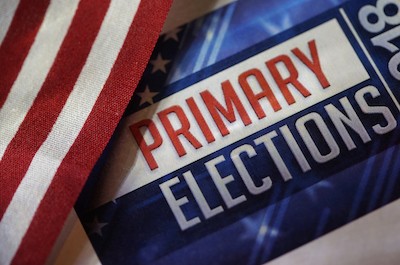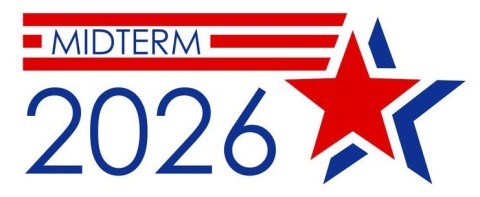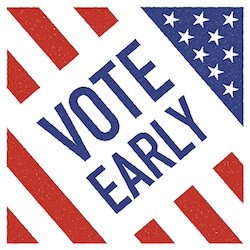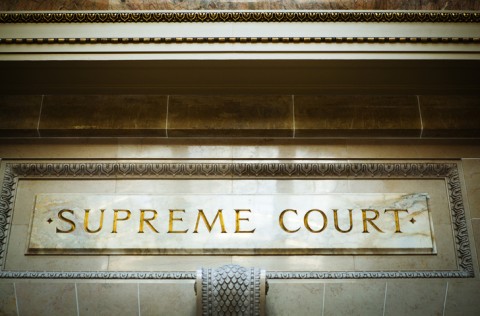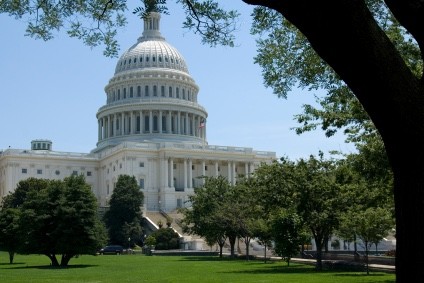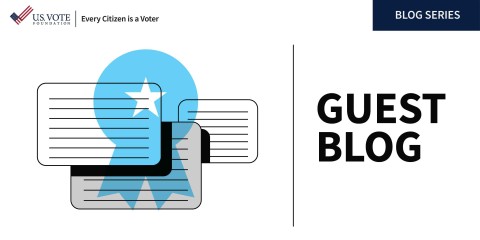Think of primaries as a way to narrow down the field of candidates to those who will ultimately appear on the ballot in the general election. A primary election permits voters to decide which candidates for office will become the parties’ nominees in an upcoming general election. During primary elections, we collectively winnow down pools of candidates, the winners of which are voted on for office in the general election.
What's at stake in the general election: All 435 seats in the U.S. House of Representatives, and a varying number each midterm of the 100 seats in the U.S. Senate, plus handfuls of other state offices and ballot measures.
What's at stake in the general election: All 435 seats in the U.S. House of Representatives, and a varying number each midterm of the 100 seats in the U.S. Senate, plus handfuls of other state offices and ballot measures.
